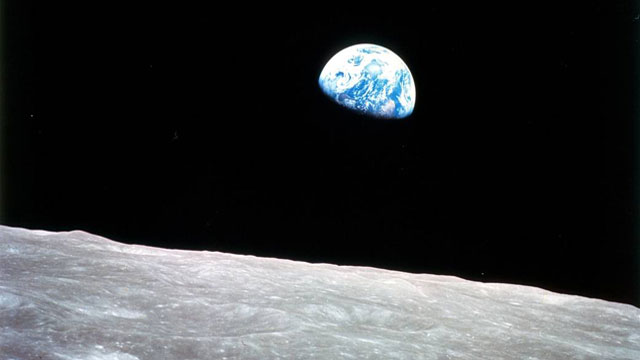
Chasing the Moon – Part Three 6x52, 3x113
Chasing the Moon, a landmark documentary series about the space race, from its earliest beginnings to the monumental achievement of the first lunar landing in 1969, will premiere on PBS in 2019 during the 50th anniversary year of the Apollo 11 moon landing. This exciting new series recasts the Space Age as a fascinating stew of scientific innovation, political calculation, media spectacle, visionary impulses and personal drama, utilizing a feast of previously overlooked and lost archival material.
Utilizing a visual feast of previously overlooked and lost archival material, much of which has never before been seen by the public, the film features a diverse cast of characters who played key roles in these historic events. Among those included are astronauts Buzz Aldrin, Frank Borman and Bill Anders; Sergei Khrushchev, son of the former Soviet premier and a leading Soviet rocket engineer; Poppy Northcutt, a 25-year old “mathematics whiz” who gained worldwide attention as the first woman to serve in the all-male bastion of NASA’s Mission Control; and Ed Dwight, the Air Force pilot selected by the Kennedy administration to train as America’s first black astronaut.
PART ONE: A Place Beyond the Sky begins in 1957 and tracks the early years of the space race as the United States struggles to catch up with the Soviet Union. The episode reveals breathtaking failures and successes of the nascent American space program and demonstrates the stakes and costs of reaching the moon.
PART TWO: Earthrise covers 1964-1968, four heady, dangerous years in the history of the space race, focusing on the events surrounding the Apollo 1 and Apollo 8 missions. As Americans moved through the 60s and reflect on the challenges ahead, many begin to wonder: What exactly is it going to take to beat the Soviets to the moon?
PART THREE: Magnificent Desolation, which covers 1969-1970, takes Americans to the moon and back. Dreams of space dramatically intersect with dreams of democracy on American soil, raising questions of national priorities and national identity. The final episode also considers what happens to scientific and engineering programs — and to a country — after ambitious national goals have been achieved.
Share This Program